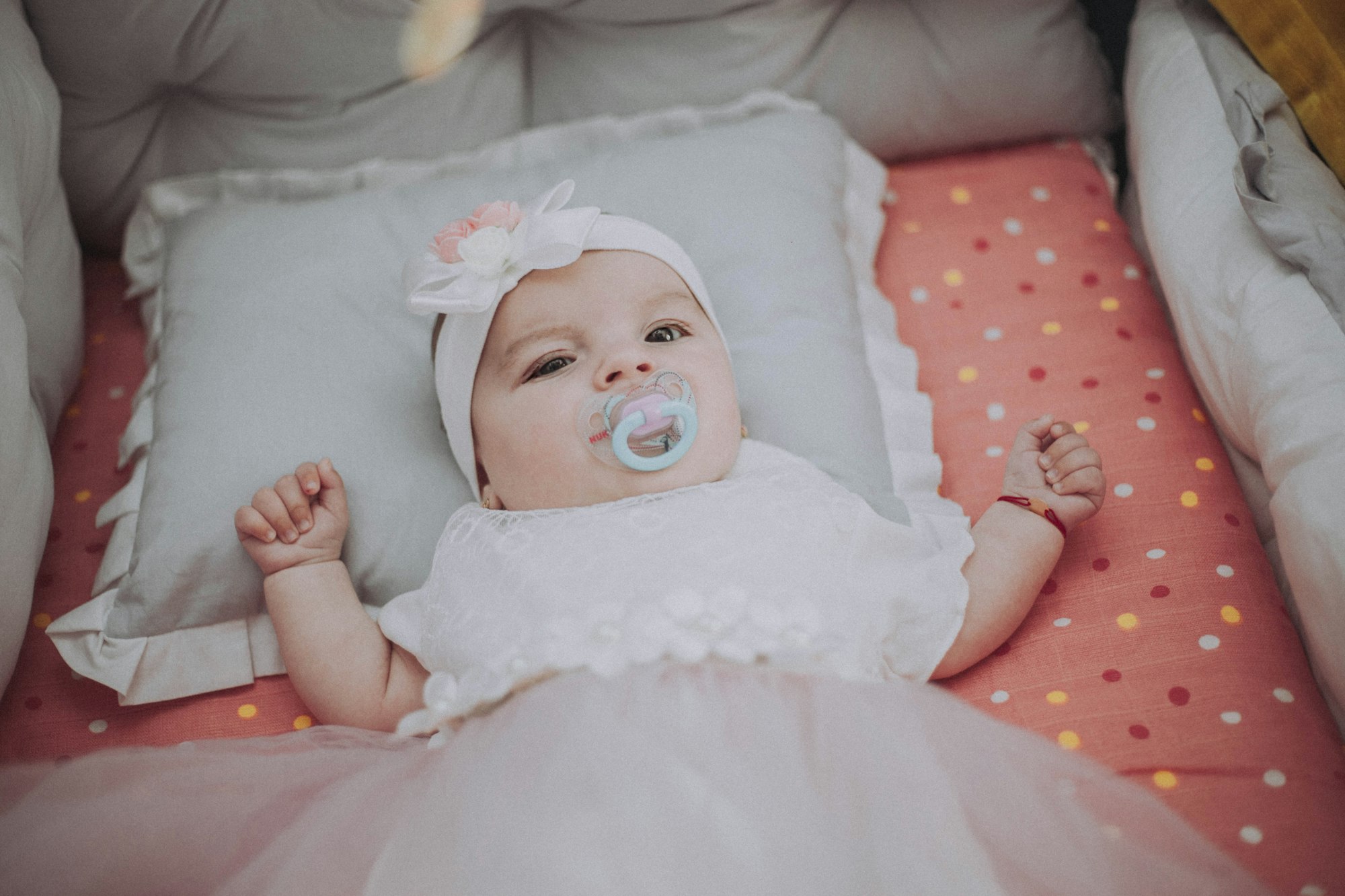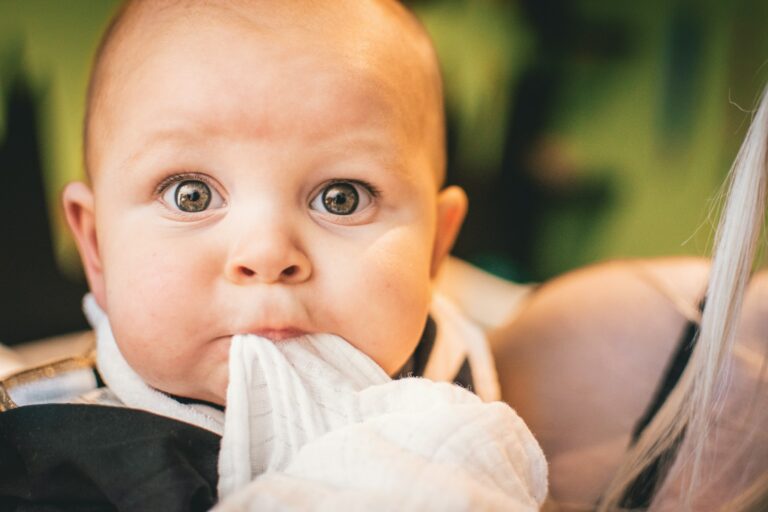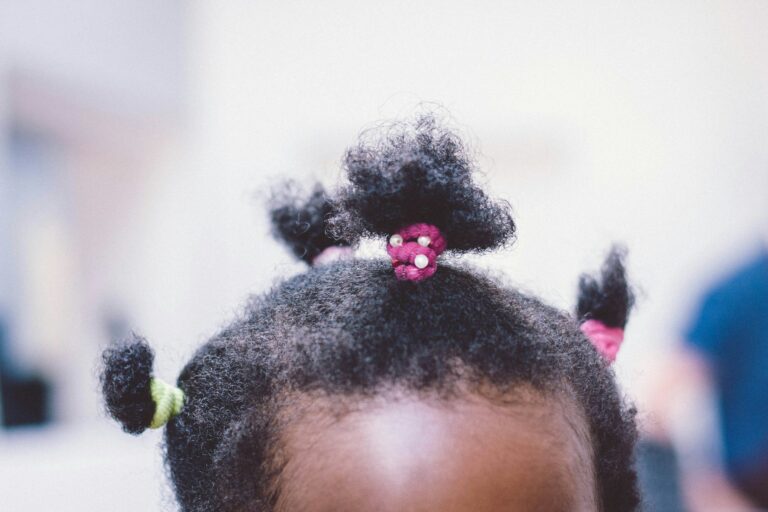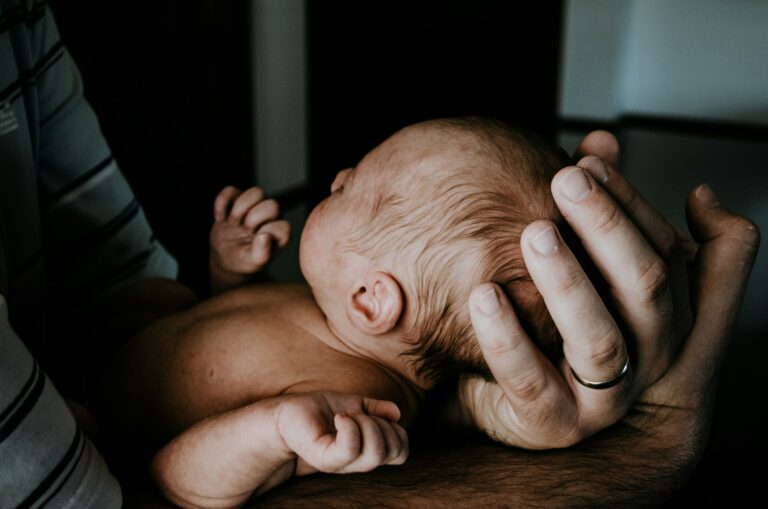Welcome to the intriguing world of early infant head shape, where concern can quietly slip in mid-nappy change or during those long, watchful nights. A gentle run of fingers over your little one’s skull—a sensation familiar to countless new parents—can sometimes raise questions. What is that hint of flatness at the back? Why does one ear look positioned a bit differently? If the term
positional plagiocephaly sounds unfamiliar, yet oddly worrying, you’re certainly not alone in your curiosity. Parents everywhere wonder if sleeping position, playful hours in the car seat, or simply time will leave a lasting mark.
Understanding
positional plagiocephaly—that so-called “flat head syndrome”—means confronting both science and daily life: Is it just cosmetic? Does it affect the brain? When does gentle adjustment at home suffice, and when is it time for professional intervention? Let’s untangle the causes, reveal what research really says, and equip you with practical strategies—all to support your child’s comfort, well-being, and confident development.
What Is Positional Plagiocephaly?
First, the basics:
Positional plagiocephaly refers to that asymmetrical flattening—often at the back or one side—of an infant’s skull, particularly noticeable after a few weeks of life. The more poetic etymology stems from Greek, yet its presence is hardly rare. Since the global adoption of “Back to Sleep” recommendations—to reduce the risk of sudden infant death syndrome—more parents than ever have noticed subtle head shape changes.
Wondering why? A newborn’s skull, marvelously soft and flexible by mother nature’s design, enables the growing brain to expand and the birthing process to unfold smoothly. Yet, this very adaptability means external pressure over time—a favourite sleeping direction, hours in a car seat, or simply limited movement—can gently sculpt the skull into a parallelogram shape from above, or push one ear subtly forward.
Studies suggest that up to 40–50% of infants display some degree of
positional plagiocephaly by four months of age. Boys seem slightly more affected, but this phenomenon doesn’t discriminate by loving care or attentive parenting. It is
not a sign of neglect, nor an inherent danger. The key distinction lies in separating
Positional plagiocephaly (a flexible, shape-shifting puzzle) from rare disorders like craniosynostosis, where skull sutures fuse too early, requiring a different therapeutic approach.
Causes and Risk Factors
Why does
Positional plagiocephaly occur? The answer blends biology, habits, and a touch of luck:
- Supine position dominance: Babies spending prolonged hours lying on their back, especially with the head resting on one area, experience this benign flattening most commonly.
- Prenatal influences: Compressed space in the womb, limited amniotic fluid, or a twin pregnancy gently begin shaping the head even before delivery.
- Multiple births: Twins and triplets often compete for space, and postnatal extended hospital stays further increase the likelihood.
- Congenital muscular torticollis: Sometimes a neck muscle shortens or tightens (think of a “stiff neck” but for infants), subtly pulling the head in one habitual direction and concentrating pressure.
- Premature birth: A softer, highly flexible skull and extra time resting in one position during hospital care place preterm infants at higher risk.
- Extended container time: Frequent use of strollers, swings, or bouncers, where the natural head movement is restricted, contributes quietly to head shape modification.
None of these scenarios reflect poor parenting. Even attentive, switched-on caregivers discover that flattening sometimes develops despite diligent care and thoughtful routines.
Recognizing the Signs: How Does Positional Plagiocephaly Look?
Clues can emerge as early as the sixth week. Is a flat spot visible on one side of the head or near the back? From above, does the skull evoke a parallelogram more than an oval? Perhaps one ear sits forward, the brow looks asymmetric, or a small bald patch appears precisely where the pressure concentrates. Sometimes, subtle facial asymmetry or a gentle bulge at the forehead on the same side is also discernible.
Observant parents may notice a preference for head turning in one direction, or mild difficulty rotating the neck—often linked to unnoticed torticollis. Medical teams use visual grading or the
cranial vault asymmetry index (CVAI), a measurement tool, to classify severity as mild, moderate, or severe.
Yet, in daily life, there’s something reassuring:
positional plagiocephaly never causes pain. No fever, no tears resulting directly from the flatness. Babies remain inquisitive, active, and playful, their happiness undimmed by cosmetic changes.
Here’s where uncertainty can sometimes prick the parental heart. Does
flat head syndrome predict problems ahead? The overwhelming consensus from medical research is comforting: the primary impact is cosmetic. Facial symmetry might be slightly altered in obvious cases, which could, in rare instances, nudge self-esteem during school years.
Concerns about cognitive or neurological delay? Rest assured, no link between
positional plagiocephaly and impaired brain growth or learning has been substantiated by robust clinical studies. Minor
motor delays, if they occur, are often associated with underlying
torticollis that restricts movement—not with the shape of the skull. Early, gentle intervention makes a remarkable difference and is almost always sufficient.
Diagnosis and When to Seek Advice
Are you worried about your baby’s head shape? Most queries can be answered during a routine check-up. Your
pediatrician examines the skull’s form, checks facial alignment, and assesses neck mobility. Specific measurements like the
CVAI may be done, though imaging—such as CT or MRI—remains a last resort, used only for ambiguous or unusual cases, typically if craniosynostosis is suspected.
Key moments for consultation? If the flatness persists beyond initial home adjustments, or if neck rotation seems markedly restricted, a trip to your pediatrician brings clarity. The earlier the assessment (ideally within the first three to six months), the more flexible and responsive your baby’s skull will be to conservative solutions like movement and repositioning.
Daily Solutions and Interventions: Supporting Healthy Head Shape
What practical steps support your baby’s head shape and comfort?
- Repositioning: Small changes matter. Alternate which direction your child faces during naps, feedings, and awake play. Change the orientation in the crib, encourage looking in both directions, and avoid consistently keeping the head one way.
- Supervised tummy time: Start with a few minutes each session, steadily increasing as your baby gains strength. This not only relieves pressure off the occiput but actively strengthens vital neck and trunk muscles—laying the foundation for rolling, crawling, and beyond.
- Interactive play: Position engaging toys or mirrors to either side, encouraging visual exploration and natural head turning. Alternate arms during bottle or breastfeeding. These micro-adjustments feed into daily routines almost seamlessly.
- Reduce container time: Outside of essential travel, limit extended occupancy in swings, bouncers, and car seats. Floor play, soft mats, or active cuddles allow the most beneficial freedom of movement.
- Physiotherapy: When torticollis is present, targeted stretching and movement exercises under professional guidance restore natural rotation and symmetry. Osteopathy may occasionally supplement treatment, always under trained supervision.
On rare occasions—when severe
positional plagiocephaly persists in spite of all the above—custom-molded
helmet therapy may be advised, particularly between four and six months. Helmets, worn much of the day, gently guide skull growth. Contrary to popular belief, surgery never enters the picture for typical cases; it is reserved for rare diagnoses like craniosynostosis.
What’s the Timeline for Correction?
For most families, patience and small daily acts yield gradual change. The majority of head shape improvement is visible within three to six months, provided intervention starts early enough. By age two, most children’s heads have rounded out considerably, and earlier, milder flattening often self-corrects more rapidly.
Key points?
- Early intervention is more effective.
- Mild flattening reverses quickest.
- Consistency—tiny actions repeated daily—matters immensely.
Prevention Tips: Gentle Everyday Habits Make a Difference
Simple, mindful routines set the stage for prevention:
- Always choose back-sleeping for safety, but alternate head direction for each nap.
- Avoid loose bedding, pillows, or wedges in the crib; a firm mattress remains safest.
- Build up tummy time steadily, interspersed with free play and varied activity.
- Bright toys, music, or parent faces can entice head movement in both directions.
- Switch arms at feeding sessions, ensuring muscle balance on both sides.
- Respond promptly to any signs of neck stiffness or movement preference—early therapy is highly effective.
Routine, small changes diffuse pressure, support muscle development, and indirectly help maintain a balanced, rounded head shape.
What Research Tells Us
Modern studies confirm that
positional plagiocephaly rises in parallel with back-sleeping campaigns, yet remains a benign presence for almost all children. Physical therapy, especially before four months, coupled with regular repositioning, often resolves mild or moderate cases.
Helmet therapy can accelerate correction in select situations but seldom changes ultimate outcome compared to conservative care.
No scientific evidence supports a connection between
positional plagiocephaly and cognitive delays. Parents report high satisfaction when empowered early with clear information and hands-on strategies—confidence is contagious.
Dispelling Misconceptions: Sorting Fact From Fiction
Let’s address common anxieties:
- Positional plagiocephaly does not signal brain damage or cognitive deficit.
- Parental diligence is not in question—flattening can occur even with the most careful routines.
- Safe sleep, though linked to increased cases, still prevents tragic outcomes and should be maintained always.
- Helmets are not universally necessary; most babies respond to simple positional changes and movement.
- The spontaneous correction potential is significant, especially as your child grows more active.
- Self-blame has no place: biology and circumstance, not parental action, determine much of this journey.
Reach out—and never hesitate to request professional advice or reassurance at any stage.
Parental Support and Helpful Resources
Think of the pediatrician as your primary partner: thorough, reassuring, and always ready with answers. When advanced care is necessary,
craniofacial specialists or clinics can guide decisions on helmet therapy or alternative interventions. Verified health websites and parent associations provide reliable knowledge, whilst local and online support groups offer not only emotional comfort but actionable strategies from experienced voices. Physical and occupational therapists are well-equipped to design tailored plans for both prevention and intervention.
Ongoing follow-up and honest communication provide stability, ensuring your baby’s development and your own peace of mind move joyfully hand in hand.
Key Takeaways
- Positional plagiocephaly is common, primarily cosmetic, and rarely impacts mental development.
- Simple measures—ranging from frequent tummy time and diversified positioning to supervised physiotherapy—address most cases effectively.
- Custom helmet therapy is appropriate only for selected, severe, or persistent cases, always under specialist advice.
- Spontaneous improvement is common as babies grow mobile; gentle patience pays rewarding dividends.
- Parents are not the architects of flat head syndrome; numerous uncontrollable factors—prenatal, postnatal, biological—interweave.
- Health professionals, parent networks, and therapeutic guidance stand ready to help.
- For personalized support and free health questionnaires for your child, you can download the Heloa app.
Questions Parents Ask
Can positional plagiocephaly really correct itself without intervention?
Often, yes. As your child gains head control and starts rolling, sitting, or crawling, natural mobility helps redistribute pressure. Flat areas may round out gradually—especially if daily activities support varied movement. If doubts persist or if you notice little improvement, a healthcare professional’s input can offer reassurance or suggest additional strategies.
Is positional plagiocephaly painful or uncomfortable for my baby?
Not at all.
Positional plagiocephaly itself has no connection to pain. Your child remains as playful, interactive, and energetic as any other. Only if linked
torticollis is present (neck stiffness), mild discomfort may arise with movement, but the flattened area alone is not tender.
When is it appropriate to meet a specialist about my baby’s head shape?
When simple strategies seem insufficient or the flatness worsens despite your best efforts, consultation is recommended. Signs such as persistent flattening, difficulty turning the head, marked preference for one direction, or any related developmental issues warrant professional evaluation. Pediatric and craniofacial teams bring experience, resources, and warmth to every step of your journey.
![]() Further reading:
Further reading:








